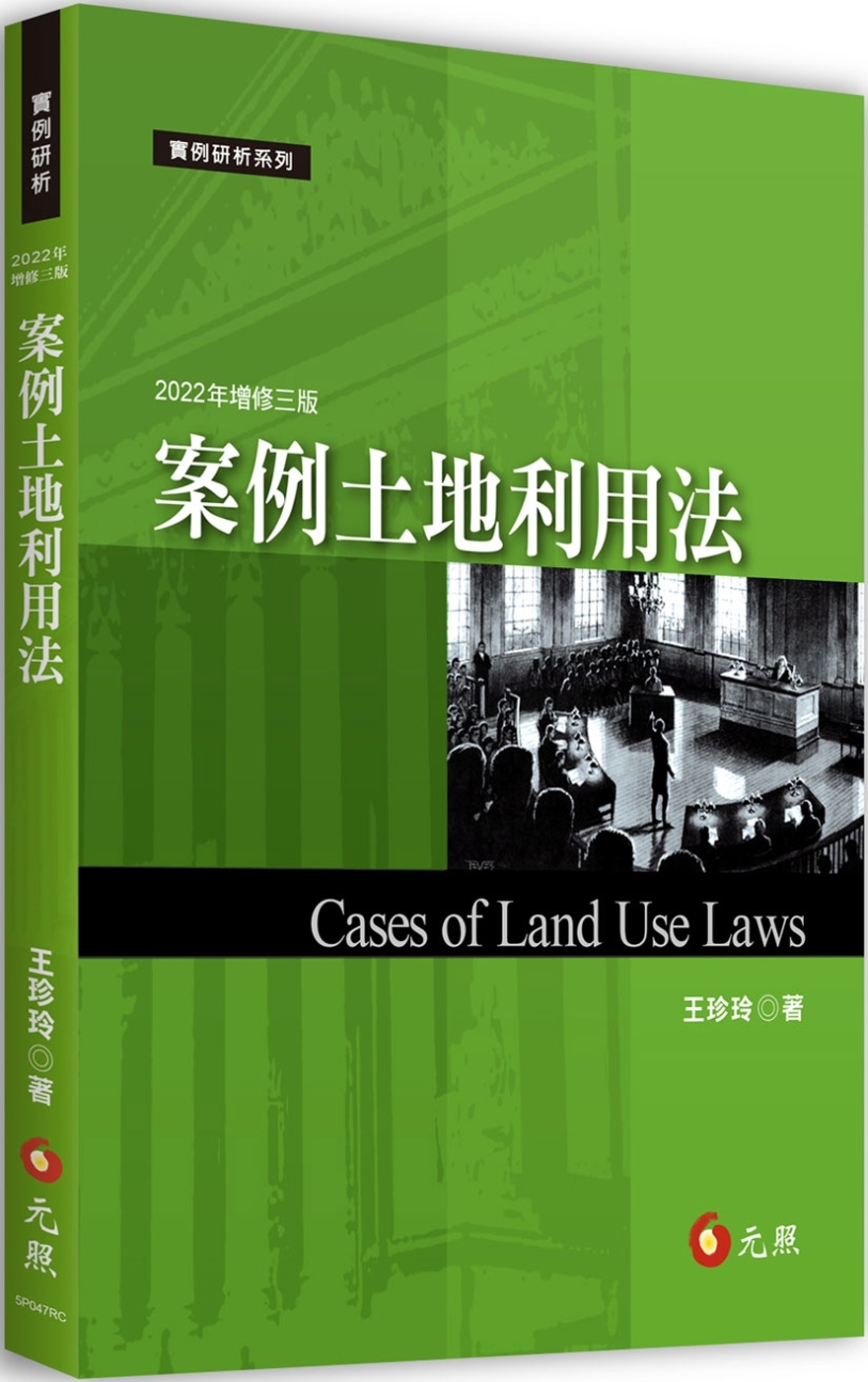









Multi-objective programming (MOP) can simultaneously optimize multi-objectives in mathematical programming models, but the optimization of multi-objectives triggers the issue of Pareto solutions and complicates the derived answers. To address these problems, researchers often incorporate the concepts of fuzzy sets and evolutionary algorithms into MOP models.
Focusing on the methodologies and applications of this field, Fuzzy Multiple Objective Decision Making presents mathematical tools for complex decision making. The first part of the book introduces the most popular methods used to calculate the solution of MOP in the field of multiple objective decision making (MODM). The authors describe multi-objective evolutionary algorithms; expand de novo programming to changeable spaces, such as decision and objective spaces; and cover network data envelopment analysis. The second part focuses on various applications, giving readers a practical, in-depth understanding of MODM.
A follow-up to the authors’ Multiple Attribute Decision Making: Methods and Applications, this book guides practitioners in using MODM methods to make effective decisions. It also extends students’ knowledge of the methods and provides researchers with the foundation to publish papers in operations research and management science journals.
Ch 1 Introduction
Part I:Concepts and Theory of Multi-Objective Decision Making
Ch 2 Multi-Objective Evolutionary Algorithms
Ch 3 Goal Programming
Ch 4 Compromise Solution and TOPSIS
Ch 5 De Novo Programming and Changeable Parameters
Ch 6 Multi-Stage Programming
Ch 7 Multi-Level Multi-Objective Programming
Ch 8 Data Envelopment Analysis
Part II:Applications of Multi-Objective Decision Making
Ch 9 Motivation and Resource Allocation for Strategic Alliances through the De Novo Perspective
Ch10 Choosing Best Alliance Partners and Allocating Optimal Alliance Resources Using Fuzzy Multi-Objective Dummy Programming Model
Ch11 Multiple-Objective Planning for Supply Chain Production and Distribution Model: Bicycle Manufacturer
Ch12 Fuzzy Interdependent Multi-Objective Programming
Ch13 Novel Algorithm for Uncertain Portfolio Selection
Ch14 Multi-Objective Optimal Planning for Designing Relief Delivery Systems
Ch15 Comparative Productivity Efficiency for Global Telecoms
Ch16 Fuzzy Multiple Objective Programming in Interval Piecewise Regression Model